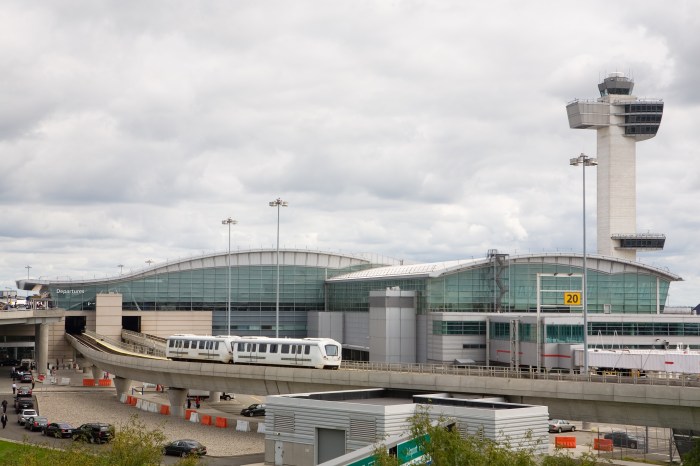By The Greater Astoria Historical Society
April 1, 1923, was the most miserably cold Easter that Queens had experienced for many years. At 6 a.m., the temperature stood at 12 degrees.
l
Long Island City’s first auto show opened at the Astoria Casino April 2, 1923. It was to run for four days. The keynote speaker for the first evening was District Attorney Dana Wallace, whose topic was the bill then before the Legislature to curb automobile thefts. Many sales were made on the floor. On the final day, nearly 1,000 people attended between 7 p.m. and 11 p.m. Dealers met at an informal luncheon after the show closed to discuss an organization which would bring together all auto dealers on the North Shore for an annual affair.
l
The pay of all snow-shovelers in Queens for March 6-10, 1923, was held up by the comptroller’s office pending a fraud investigation. For that week, the payroll in Long Island City alone was $10,558. It was alleged that some payees and addresses were wrong and letters were mailed out to the workers to ascertain who had really worked. Deputy Controller Frank Prial said one-third of the names on the roles had fictitious addresses. Comptroller Craig then ordered an investigation of all the snow-removal payrolls in Queens for the entire winter. The comptroller’s office said that the fact that these payrolls had not been certified was proof that they were being manipulated.
l
In the 1920s, the door to the massive flow of immigration that peaked just before World War I was slammed shut. Racism thrived throughout the country and Long Island City reflected this mood. In Hunters Point, the Community Council discussed immigrant labor in factories at Laurel Hill. They went on record opposing it.
Nearby, the United Societies of Blissville for Civic Improvement met and appointed a committee to draft letters to senators and congressmen to protest the employment of Chinese labor in local factories. They furthermore expressed concerns that Chinese were taking the place of dishwashers, servants and gardeners and displacing native-born Americans. At their meeting, keynote speaker John Sheridan told of his experiences as a building inspector for the Fire Department. He claimed Chinese immigrants lived in deplorable conditions.
The civic also read a note from Secretary of Labor James J. Davis. It read, in part, “You can rest assured that everything possible is being done by this department to enforce the exclusion laws …. There is only one way I know of by which we could deal with this situation, and that is to have compulsory registration of every alien in the country.”
Ironically, Davis himself was an immigrant from Wales.
l
On April 14, 1923, 10 couples began an endurance dancing contest in the Audubon Ball Room in Manhattan. Police disrupted the contest on Sunday by serving a summons on the proprietors of the ballroom for violating a law, which prohibited endurance contests lasting more than 12 hours. The couples then danced down the stairs to a waiting automobile and, while the auto proceeded to a dance hall in Fort Lee, N.J., danced in the auto to whistled jazz.
By Monday, one man had gone insane, another had gone lame and yet others had collapsed. Meanwhile, the women danced on, wearing out shoes, partners and orchestras. When one woman fainted on the dance floor, the Jersey police ordered the marathon stopped. The remaining dancers danced onto a truck and were carried to a secret place “beyond Port Chester.”
Finally, on Tuesday, Miss Vera Sheppard of Astoria was declared the female winner after 69 hours, and Ted Gill, of Elmhurst Manor, claimed the male championship.
l
During Music Week in 1923, musicians of Queens honored famed violin maker George Gemunder of Astoria. Gemunder had died in 1901 at the age of 85. He was know by violinists as the only maker of violins who approached the perfection of the Italian instruments made by Stradivarius, Guarnerius and Amati. A concert featuring Gemunder’s daughter, Tilla, and Robert Koecher, one of the rising young violinists of Astoria, was to be held May 1.
l
On April 18, 1923, thousands of Queens baseball fans attended the first game played in the new Yankee Stadium in the Bronx. On the way home, Corona- and Astoria-bound trains were crowded with them for some time, all talking about Babe Ruth’s wonderful line drive into the bleachers and about the gigantic new stadium.
The Yankees beat the Boston Red Sox 4-1.


































